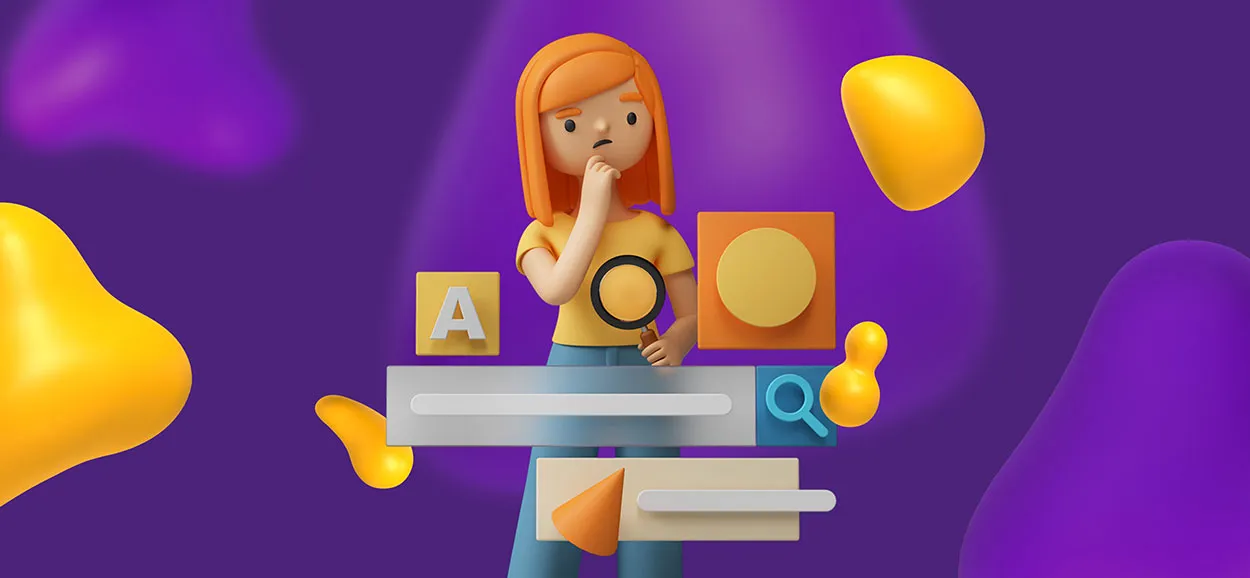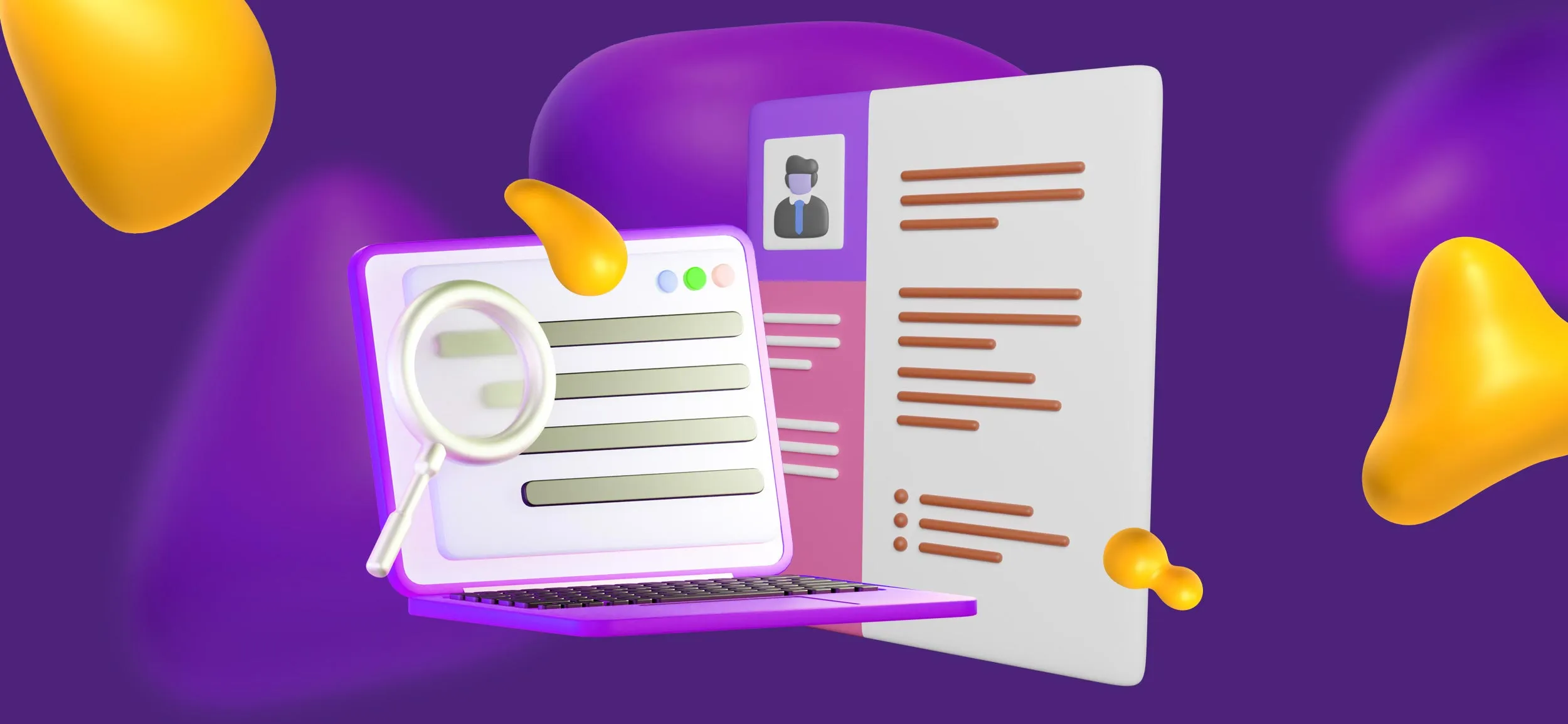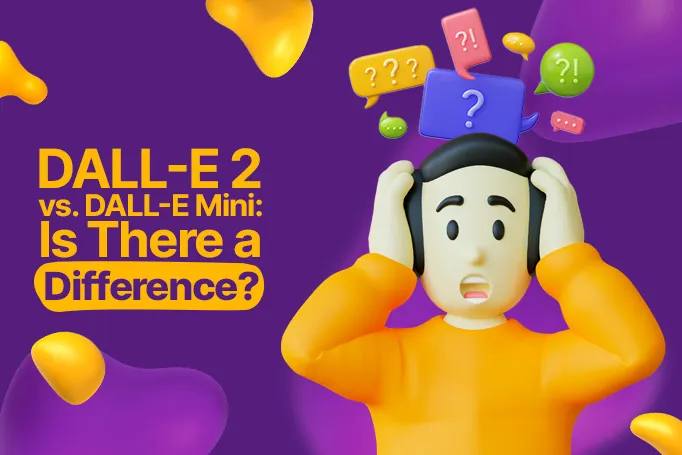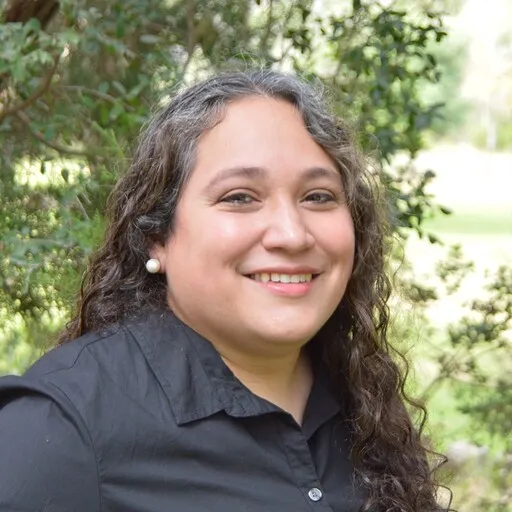If you were a designer in 2021, you might have experimented with (or at least heard about) the deep learning model DALL-E.
Named after a combination of Salvador Dali and Pixar’s WALL-E, this impressive piece of artificial intelligence text-to-image software quickly took the internet by storm.
But while it was an impressive piece of technology, it did have its limitations.
The images it generated were a little on the cartoony side, they were limited to 256 x 256 resolution, and they were usually very literal interpretations of the text prompt, lacking context or complexity.
It didn’t take long for its developers to improve on those limitations, however, and the new and improved DALL-E 2 was released to the public in September 2022, only a little over a year later.
Now that DALL-E 2 has been out for a few months, we’ve gotten the chance to try it out, take it on a test drive, and see what it’s truly capable of.
The results are pretty impressive, we have to admit.
And if you don’t have much experience with DALL-E 2, then perhaps it’s time you did.
In this blog, we’re going to delve more into DALL-E 2 and what designers like you need to know for the year ahead.
Hold on … DALL-E what?!
DALL-E 2 is another artificial intelligence art generator, just like its competitors, Stable Diffusion and Midjourney.
This is the second version of OpenAI’s text-to-image generator and a significant improvement to its predecessor, DALL-E.
While the technology for DALL-E was based on GPT-3 (Generative Pre-Trained Transformer)-- a neural network machine learning model trained using internet data to generate any type of text– DALL-E 2 is based on the contrastive and diffusion text-to-image models called CLIP and unCLIP.
These new models enable DALL-E 2 to produce even more accurate images with much higher resolution than its predecessor.
It can also better “understand” the text prompts, generating images that are much more relevant and provide much better context.
It also features inpainting and outpainting, which allow users to edit the inside and outside of an existing image.
As you probably already know, this makes it a very valuable tool for designers everywhere. If you haven’t checked it out yet, you might want to.
What does this mean for graphic designers?

Well, some might say that an AI art generator as sophisticated as DALL-E 2 is making art more accessible than ever.
Not only are you competing with other artists and designers for clients and projects, but now you’re competing with a machine that can produce 5 hours’ worth of work in just seconds.
You can see why some feel threatened.
Because OpenAI has publicly stated that users can sell their creations for profit, without limitations, some designers are starting to worry that they may be forced to lower their rates to stay competitive and keep their clients loyal.
AI image generators are also trained on existing images, which lets them (or whoever is using them) mimic a particular artistic style or the certain recognizable flair of an artist like Picasso or Van Gogh.
And while those two might not mind anymore, living artists definitely will, which could cause some potential licensing and legal issues as now any random person can imitate a famous artist’s work and style with ease.
So, now anyone can do what I do?
In theory, yes.
Non-artists can easily create impressive-looking works of art by just typing a few words in a text box.
OpenAI users have already used the technology to create movie storyboards or to illustrate children’s books.
Some companies are using DALL-E 2 for marketing purposes too.
Cosmopolitan used DALL-E 2 to create “the world’s first artificially intelligent magazine cover” back in June of last year, and Heinz already has a successful marketing campaign under their belt with their “Draw Ketchup” AI experiment.
The results have been met with mixed reactions, of course, but Cosmo and Heinz can only be the beginning.
Companies are already jumping on board with DALL-E 2 and other AI art generators for their marketing campaigns, so expect many more to follow suit in the future.
So, yes, in theory, anyone can now create art with DALL-E 2. But they’ll still need a human designer to tweak it into something truly great that works for their brand.
Should I just go apply at Walmart then?

No.
Well, only if you really want to.
While DALL-E 2 is a significant improvement over DALL-E and is a very sophisticated and impressive piece of technology, it isn’t much different or better than other AI image generators out there.
It still comes with some limitations.
AI art generators, no matter how sophisticated, cannot replace human designers.
They can’t understand how to appeal to a target audience, they can’t understand brand identity or humor, or know how to stay ahead of competitors.
You need a good, old-fashioned human brain to do that.
Plus, they are hilariously bad at spelling.
<div class="c-blog_comp-cta cc-component-2"><div class="c-blog_comp-cta-left"><div class="c-blog_comp-cta-left-wrap"><img src="https://global-uploads.webflow.com/61cdf3c5e0b8155f19e0105b/63695243d096983691046ac3_Potential-Creative.png" loading="lazy" alt="" class="c-blog_comp-cta-left-img"></div></div><div class="c-blog_comp-cta-right cc-dark"><div class="c-blog_comp-content"><div class="c-text-wrapper cc-mb-32"><div class="c-title-4 cc-bold"><strong>Like to work as a freelancer with consistent income?</strong></div></div><div class="c-text-wrapper"><div class="c-text-2">Designity's collaborative model is designed to give you all of the perks of being a freelancer without the income instability.<br></div></div></div><div class="c-blog_comp-wrapper"><a href="http://designity.com/creatives" target="_blank" class="c-button w-button"><strong>Join Our Creative Community</strong></a></div></div></div>
AI is your friend, not your enemy.
“So, if companies are already using AI in lieu of human designers, are you sure I shouldn’t panic?”
Yes. Stay calm, friends.
Sure, companies are using AI for marketing already, but, like we said, it’s still very much in the experimental “how cool is this?!” phase.
For their normal marketing efforts, designers just like you are still very much in demand and will be for a long time.
In the meantime, feel free to use DALL-E 2 and other AI technology as useful tools in your designer arsenal.
Feeling creatively drained but you’ve got to whip up a couple of mood boards for an impatient client?
Harness the power of AI to help you get some inspiration! It’s a great tool for the ideating phase and can give you a great starting point on those days when your creative juices have slowed to a trickle.
AI doesn’t get tired, so it can save you time and energy, and it’ll make your life a little bit easier.
Just what a good tool is supposed to do.
So, in summary, DALL-E 2 is great and all but don’t count on the AI revolution causing graphic designers to lose their jobs.
Not in 2023, anyway.
How do you use AI in your designs?


